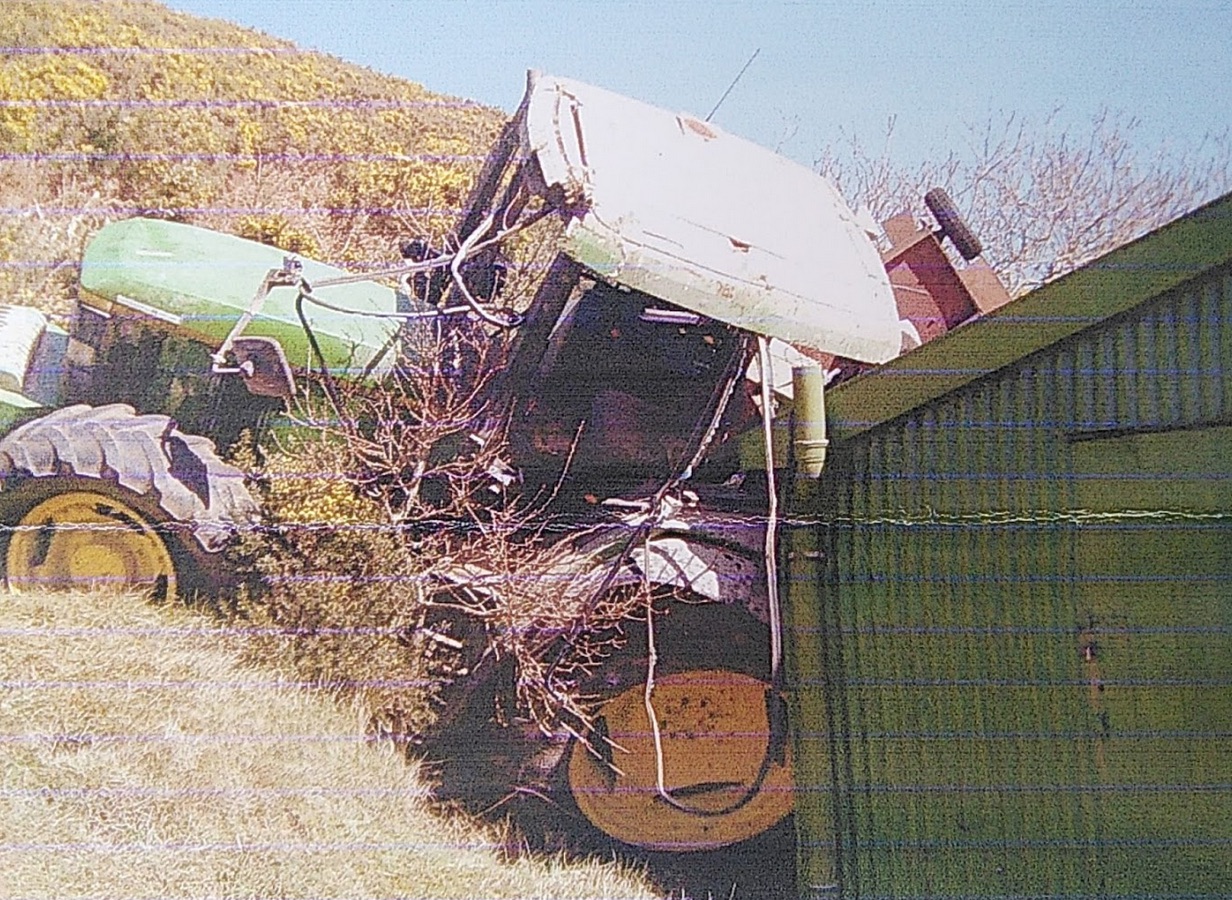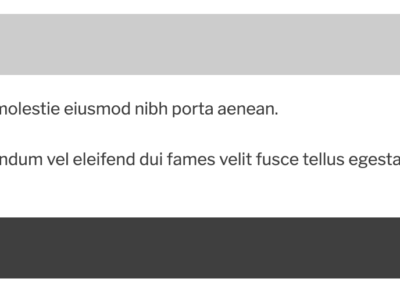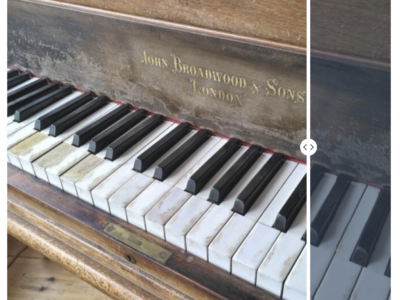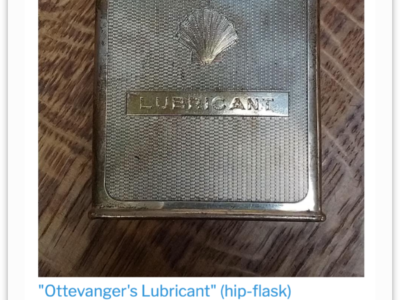We like stories. We think they’re important. We also think stories are a really good way to bring your collection alive.

Here, for instance, is a tractor, and a house. These might be two objects in your collection – and that’s interesting up to a point. But really the question here is “what on earth is that tractor doing on top of that house“? Glad you asked. As it happens, there’s a story behind that. In brief it involves two young fellas with much bravado and not much sense, a hillside, and a holiday home. And then later on it involves an already leaky roof and an insurance claim. Maybe the story is better told over a pint.
But. You get our drift.
Although museums are expert storytellers, and we’re a bit amateur, we’ve written a couple of stories just to give you a feel for how the Platform can help you tell engaging, collections-linked stories really easily.
Our basic premise in all the technology we create is this: we want it to get out of the way. We want to empower people who are editors, writers, storytellers and curators with a set of tools that are intuitive yet powerful. We don’t want them to have to think too hard about the tool they’re using – instead it should be easy to do things like “add in a timeline for this story” or “pop in an object gallery” without having to do lots of technical things.
Stories are a communal currency of humanity
Tahir Shah, Arabian Nights
How The Museum Platform helps you tell stories
We’re crafting a large selection of editor blocks which aim to make it easy for non-technical editors to tell their museum stories. Our blocks integrate seamlessly with your collections data, allowing you to write a blog post or web page and then drop in a timeline, a featured item from your object store, a 3d Sketchfab embed, a IIIF reference to a 3rd party and much, much more.
Our Blocks
Here are the blocks we currently have – the list is growing all the time!



